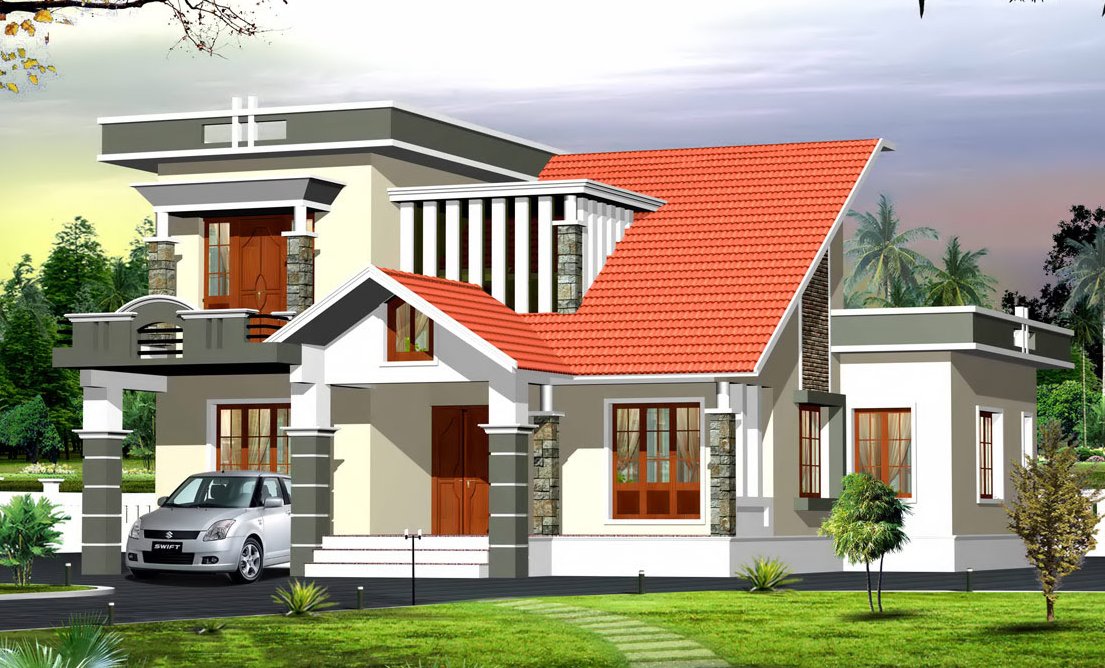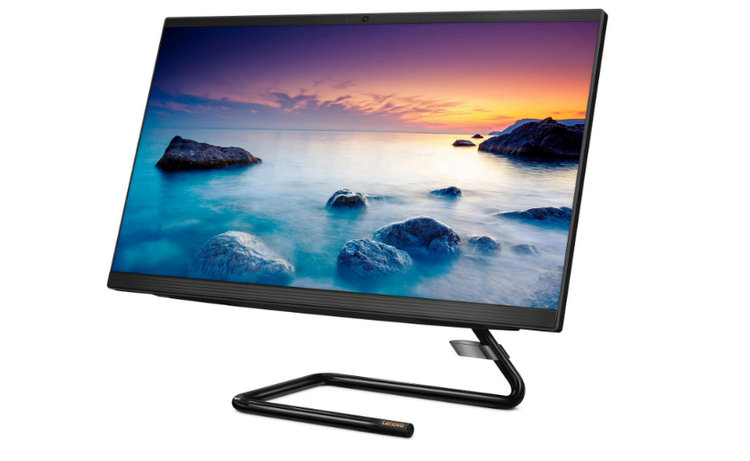The Uninterruptible Power Supply (UPS) is undergoing a paradigm shift in the face of big advancements. Needless to say, it augurs well for organizations that operate critical data centers, such as Edge and Micro Datacenters.
With the help of these advancements, they will be able to introduce more efficiency to Uninterruptible Power Supply, thereby reducing footprint, enhance connectivity, and also reduce the total cost of ownership (TCO). So, if you need to save time, money, and risk, then advancements in UPS technology has you covered.
Benefits of UPS technology for Edge Data Centers
Improvements in Uninterruptible Power Supply are more crucial for edge data centers because they leverage the tech-trends such as the Internet of Things (IoT), cloud computing, and mobile applications.
All of these technologies require network edge as well as enhanced computing power. Organizations across multiple sectors, such as transportation, emergency lighting, and retail, find that edge data centers have unique prerequisites for servicing, uptime availability, and monitoring.
Let us now discuss some of the benefits of Uninterruptible Power Supply technology for these data centers.
The UPSs today are smaller in size and more efficient
The physical size of Uninterruptible Power Supply has been one of the key challenges faced by edge data centers. However, with the availability of a reduced size of up to 25%, the UPS these days don’t take up much space that can now be allocated to sophisticated IT equipment.
At the same time, the smaller size of UPS does not compromise on its efficiency. In fact, it is only packed with more features and power density to become indispensable for the edge data centers.
Moreover, UPS’s latest designs come with airflow perforations on the side, allowing them to be placed alongside other equipment or even against the wall to save more space.
Improvement in energy efficiency
The new legion of Uninterruptible Power Supply units is also more energy-efficient. It can allow edge data centers to save more energy and boost its efficiency from 94% to 99% on new models. This means that the organizations can save a huge chunk of their investment in energy bills, about $5,000 per UPS per year.
Modular designs and connectivity reduce UPS risk
Contemporary UPS units are designed modularly with swappable components, which means they can be modified with on-site spare modules or even replaced without disrupting its servicing abilities.
This modularity feature is incorporated in their power modules and essential parts, such as fans, connectivity boards, and bypass switches. Data centers can equip themselves with spare parts to ensure that their Uninterruptible Power Supply continues to function even in the face of adversity.
Simultaneously, advancements in connectivity boards come equipped with cybersecurity provisions that allow the data center operators to connect via remote monitoring and management system. It also provides routine report status to take automated actions.
As a result, remote personnel can keep a check on UPS performance and be notified in case of an issue such as low battery life or a malfunctioning fan. These capabilities are necessary for efficient working or an Edge data center.
UPS models compatible with lithium-ion batteries
Uninterruptible Power Supply these days can also be equipped with li-ion batteries that last longer and can tolerate higher operating temperatures. They are also capable of handling multiple cycles without impacting their performance. Finally, li-ion batteries are much smaller that help in reducing the space requirements.
With the growing dependence on edge data centers, it is a great thing that UPS technology is also advancing at the same time. Be sure to approach an expert if you are looking to invest in UPS to power your data center facilities. It is a challenging task to choose between the plethora of available options, thus, when you seek expert guidance, the process becomes easier. It also ascertains that you find the best solutions matching them to your unique requirements!
Read also: 5 Best Devices and Technologies For Smart Homes in 2020

